Journey to the Safest Place on Earth (2013)
Gênero : Documentário
Runtime : 1H 40M
Director : Edgar Hagen
Sinopse
Over 350,000 tons of highly radioactive waste and spent fuel rods are in temporary storage on site at nuclear power complexes and at intermediate storage sites all over the world. More than 10,000 additional tons join them every year. It is the most dangerous waste man has ever produced. Waste that requires storage in a safe final repository for hundreds of thousands of years. Out of reach of humanity and other living creatures. The question is, where? Together with Swiss-British nuclear physicist Charles McCombie, who has been searching for a safe final storage site for highly radioactive nuclear waste for thirty-five years, director Edgar Hagen investigates the limitations and contradictions involved in this project of global significance. Supporters and opponents of nuclear energy struggle for solutions whilst dogmatic worldviews are assailed by doubt
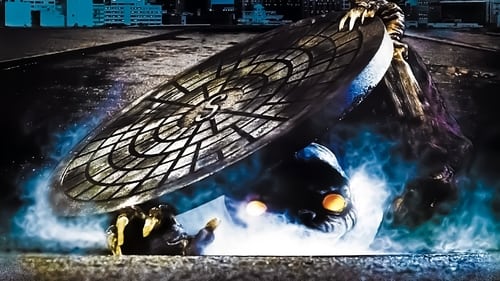
Uma série bizarra de desaparecimentos repentinos nas ruas da cidade de Nova York parece apontar para algo desagradável que vive nos esgotos.
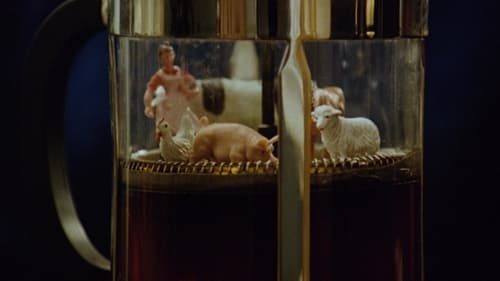
Contaminated by a nuclear-plant spill, an Australian worker hides with a woman and tries to warn the public.

Dan (Mitsu Dan) is a former geisha, now working as an ace pilot for the Earth Defense Troops. Her fiance was killed by the space monster Bemurasu which consumes nuclear waste. To save Planet Earth, Dan attacks Bemurasu, but whenever she does, she feels ecstasy. Can she save Planet Earth?

An urban couple Ranjan Mathew and Priya have just moved to Kochi when powers of the supernatural start to take over their lives. How they tide over the forces forms the story.
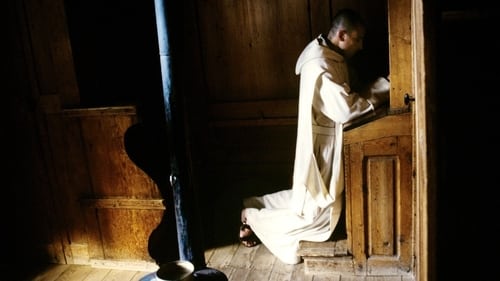
"O Grande Silêncio" é o primeiro filme sobre a vida interior da Grande Chartreuse, casa mãe da Ordem dos Cartuxos, uma meditação silenciosa sobre a vida monástica. Dezessete anos depois de ter pedido autorização para filmar no mosteiro, é dada autorização para entrar ao realizador, que filmará a vida interior dos monges cartuxos. Sem música à exceção dos cânticos do mosteiro, sem entrevistas, nem comentários, ou artifícios. Evocam-se unicamente a passagem do tempo, das estações, os elementos repetidos incessantemente durante o dia ou as orações. Um filme sobre a presença do absoluto e a vida de homens que dedicam a sua existência a Deus. O filme ganhou os Prêmios de Melhor Documentário no Festival de Sundance e nos Prêmios Europeus do Cinema.
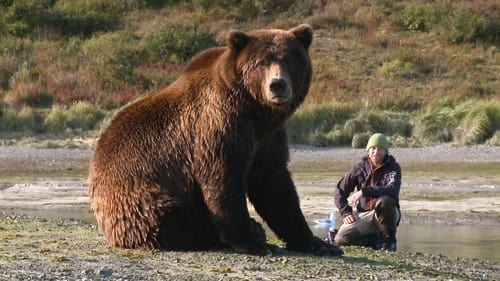
At the far end of the Alaskan peninsula, for filmmaker Roman Droux a childhood dream comes true. He discovers together with the bear researcher David Bittner the universe of wild grizzlies. The two adventurists face bears at smelling-distance, experience the struggle for survival of a bear family and witness dramatic fighting scenes. Driven by a desire to explore the unknown the film tells a personal story of wilderness, framed in breathtaking pictures of unique creatures.

Veja o impacto médico e ambiental do permanente despejo de resíduo nuclear em duas comunidades de St. Louis, cada vez mais preocupantes.
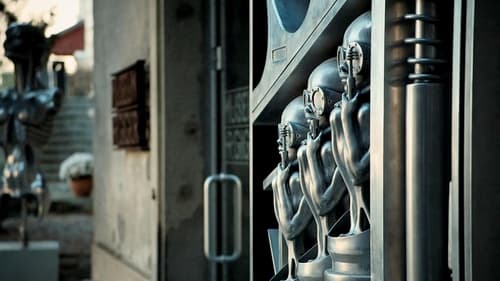
An account of the life and work of Swiss painter, sculptor, architect and designer H. R. Giger (1940-2014), tormented father of creatures as fearsome as they are fascinating, inhabitants of nightmarish biomechanical worlds.

A documentary. David Sieveking takes the advice of his idol, David Lynch and tries out Maharishi Mahesh Yogi's transcendental meditation technique.
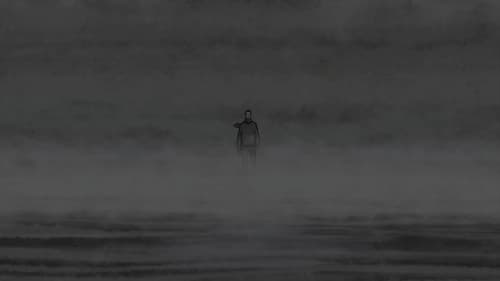
Croácia, 7 de janeiro de 1992. Durante a guerra, o corpo de um jovem jornalista é encontrado com o uniforme de um grupo mercenário internacional. Dezenove anos mais tarde, sua prima Anja Kofmel investiga essa história para tentar compreender o papel dele no conflito.
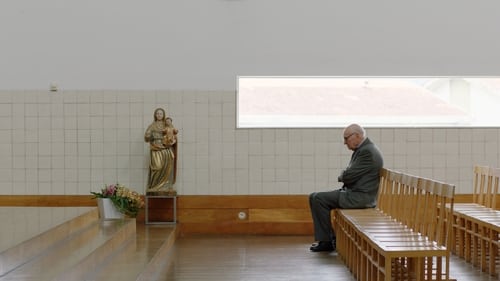
How can structures, which take up defined, rigid portions of space, make us feel transcendence? How can chapels turn into places of introspection? How can walls grant boundless freedom? Driven by intense childhood impressions, director Christoph Schaub visits extraordinary churches, both ancient and futuristic, and discovers works of art that take him up to the skies and all the way down to the bottom of the ocean. With the help of architects Peter Zumthor, Peter Märkli, and Álvaro Siza Vieira, artists James Turrell and Cristina Iglesias, and drummer Sergé “Jojo” Mayer, he tries to make sense of the world and decipher our spiritual experiences using the seemingly abstract concepts of light, time, rhythm, sound, and shape. The superb cinematography turns this contemplative search into a multi-sensory experience.
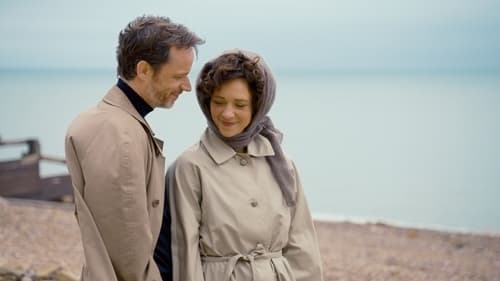
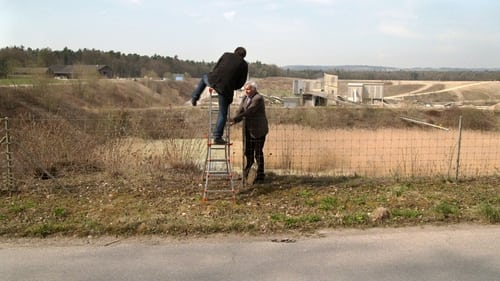
Over 350,000 tons of highly radioactive waste and spent fuel rods are in temporary storage on site at nuclear power complexes and at intermediate storage sites all over the world. More than 10,000 additional tons join them every year. It is the most dangerous waste man has ever produced. Waste that requires storage in a safe final repository for hundreds of thousands of years. Out of reach of humanity and other living creatures. The question is, where? Together with Swiss-British nuclear physicist Charles McCombie, who has been searching for a safe final storage site for highly radioactive nuclear waste for thirty-five years, director Edgar Hagen investigates the limitations and contradictions involved in this project of global significance. Supporters and opponents of nuclear energy struggle for solutions whilst dogmatic worldviews are assailed by doubt
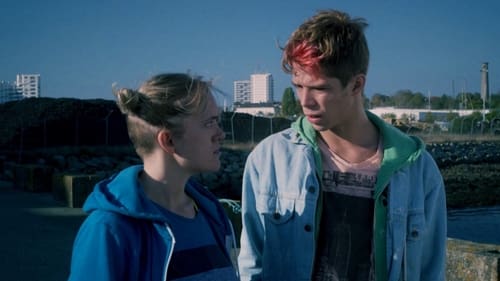
Getting away, that's the only thing that's real. For Manue, here there's nothing to hope for, whereas in America everything is possible. On the next pier, a container ship is heading for Massachusetts and they're looking for sailors. Gaffia agrees to hold Manue's hand for the long voyage.
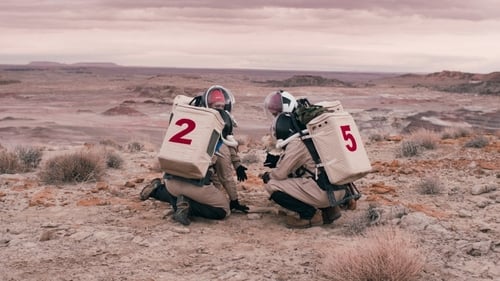
Above and Below is a rough and rhythmic roller coaster ride seating five survivors in their daily hustle through an apocalyptic world. A journey of challenges and beauty in uncomfortable places: Rick & Cindy, Godfather Lalo in the flood channels deep down under the shiny strip of Sin City. Dave in the dry and lonesome Californian desert and April in simulation for a Mars mission in the Utah desert. Through the hustle, the pain and the laughs, we are whisked away to an unfamiliar world, yet quickly discover the souls we encounter are perhaps not that different from our own.
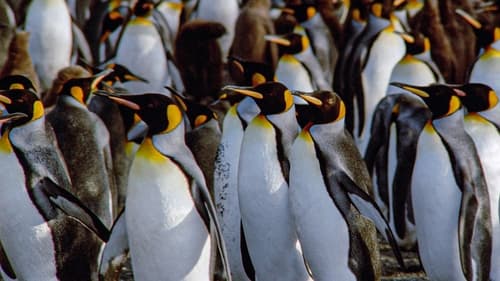
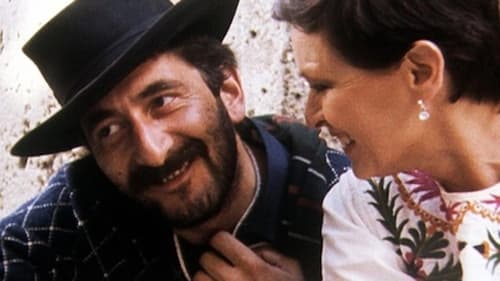
When director Daniel Schmid grew up, his parents ran a hotel in the Alps, and this singular setting was to influence his film. Rather by coincidence he came to Berlin in the early 1960s and became part of the new German wave. Schmid worked with, among others, Wenders and Fassbinder, for example as an actor in Wender’s The American Friend. He met Ingrid Caven, who was to play a diva in several of his films. This is a documentation of a part of modern European film history and a good analysis of artistry and how it corresponds to the individual behind the camera. A wealth of archival footage brings us close to many directors and actors in Schmid’s circle. If you’ve never seen a Daniel Schmid film, you are sure to want to after watching this portrait of his life.
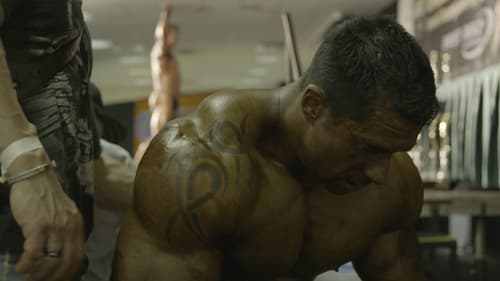
(Re)immersing himself in body building, David Nicolas Parel endeavours to follow his younger brother as he trains for the Arnold Classic – Arnold, from the famous Austrian/American actor and politician. Convinced he is the one who inspired this passion, he worries about the risks this sport has on his brother’s health and aspires to strengthen their now strained bond. A film on the edge.

SCHICHT (SHIFT) is both a reckoning and a search for traces of the past. Layer by layer the film unfolds the portrait of the filmmaker's family - brought to life by records from private archives - and embarks on a dizzying trip through the shrinking industrial city of Salzgitter, Germany.

An analysis of the current state of democracy in Switzerland





















